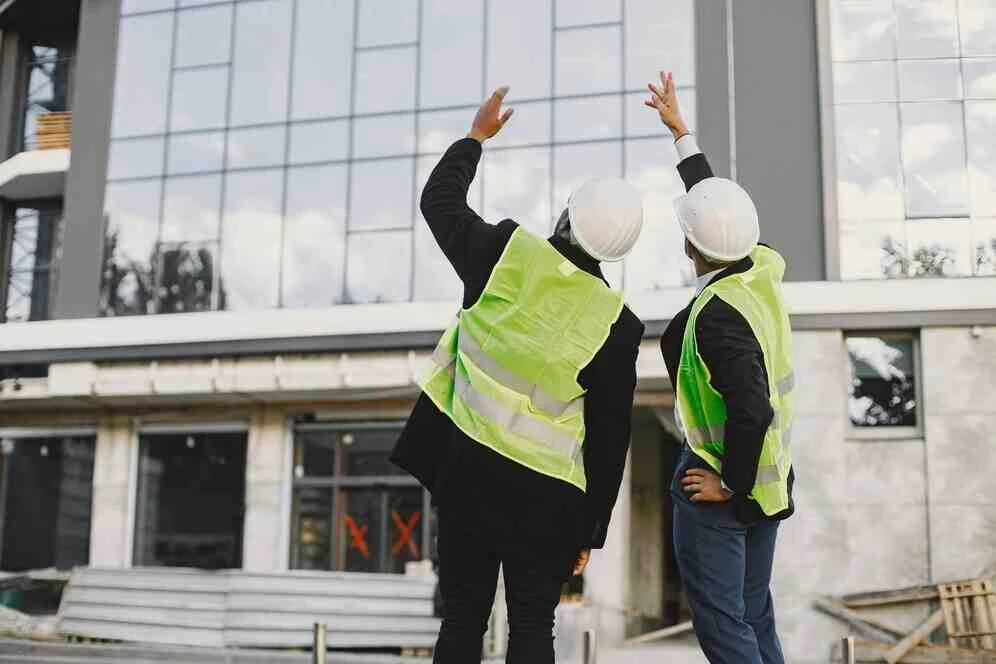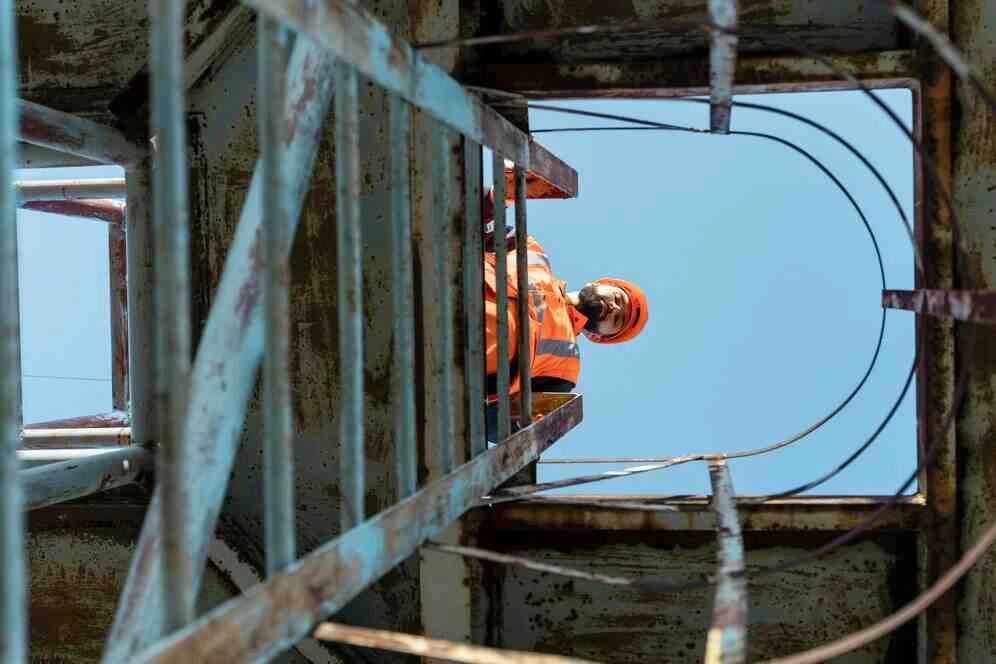
Innovations in Seismic Safety: What Architects Need to Know in the UK
Introduction
The United Kingdom may not be known for its seismic activity, but architects and builders should not overlook the importance of seismic safety in their designs and constructions. While not as prone to earthquakes as some other regions, the UK still experiences occasional seismic events, and preparedness is key to ensuring the safety and integrity of buildings. In this blog, we will explore the innovations and considerations related to seismic safety in the UK, equipping architects with the knowledge needed to design and construct resilient structures that can withstand seismic forces.
Understanding Seismic Activity in the UK
The UK is located on the Eurasian tectonic plate, and although it is not situated on a major fault line, it is not immune to seismic activity. Earthquakes in the UK are typically of low to moderate magnitude, but their impact can still be significant. The most seismically active areas in the UK are in the north and west, including regions in Scotland and Wales.
Seismic Safety Regulations in the UK
In the UK, seismic safety regulations are not as stringent as in earthquake-prone regions, such as California. However, architects and builders must still adhere to specific codes and standards to ensure the seismic resilience of structures. Key regulations and standards include:
-
BS EN 1998: The British Standard BS EN 1998 provides guidelines for the design and construction of structures in areas of low to moderate seismic activity.
-
BS 5950: This standard outlines the design and construction requirements for steel structures, including those in seismic zones.
-
Eurocode 8: Eurocode 8, part of the European standard for structural design, offers specific provisions for seismic design in the UK.
Innovations in Seismic Safety
Architects should stay informed about the latest innovations in seismic safety, even in regions with relatively low seismic activity like the UK. Innovations in seismic safety can enhance the resilience of structures and reduce potential damage during an earthquake:
-
Base Isolation: Base isolation involves installing flexible bearings or isolators between a building"s foundation and superstructure. These isolators absorb seismic energy, reducing the impact on the building.
-
Damping Systems: Damping systems, such as tuned mass dampers and viscous dampers, can mitigate the movement of structures during seismic events, improving their stability.
-
Seismic-Resistant Materials: Advances in materials science have led to the development of seismic-resistant materials, including high-strength steel, reinforced concrete, and fiber-reinforced polymers.
-
Advanced Simulation and Modeling: Architects can use advanced computer simulations and modeling to assess the seismic performance of their designs before construction, allowing for adjustments to improve safety.
-
Innovative Foundation Design: Innovative foundation designs, such as pile foundations and deep foundations, can provide added stability in seismic-prone areas.
Real-Life Example: The Shard in London
The Shard, one of London"s iconic skyscrapers, was designed with seismic considerations in mind, despite the relatively low seismic risk in the UK. The building"s innovative structural design includes a central concrete core and a network of steel bracing that provides both lateral stability and seismic resistance.
Seismic Retrofitting
In addition to new construction, architects should be aware of seismic retrofitting techniques for existing buildings. Seismic retrofitting involves strengthening the structural components of older buildings to enhance their seismic resilience. Techniques may include adding bracing, improving foundation support, or applying external reinforcement.
Conclusion
While the UK is not as prone to seismic activity as some other regions, architects should not underestimate the importance of seismic safety in their designs and constructions. Innovations in seismic safety, including base isolation, damping systems, and seismic-resistant materials, offer opportunities to enhance the resilience of structures, even in low-seismic-risk areas like the UK.
Understanding seismic safety regulations and staying informed about seismic innovations is essential for architects to create structures that prioritize safety and withstand potential seismic events. Whether designing new buildings or retrofitting existing ones, architects have a vital role in ensuring that the built environment in the UK remains resilient and capable of withstanding the forces of nature.











